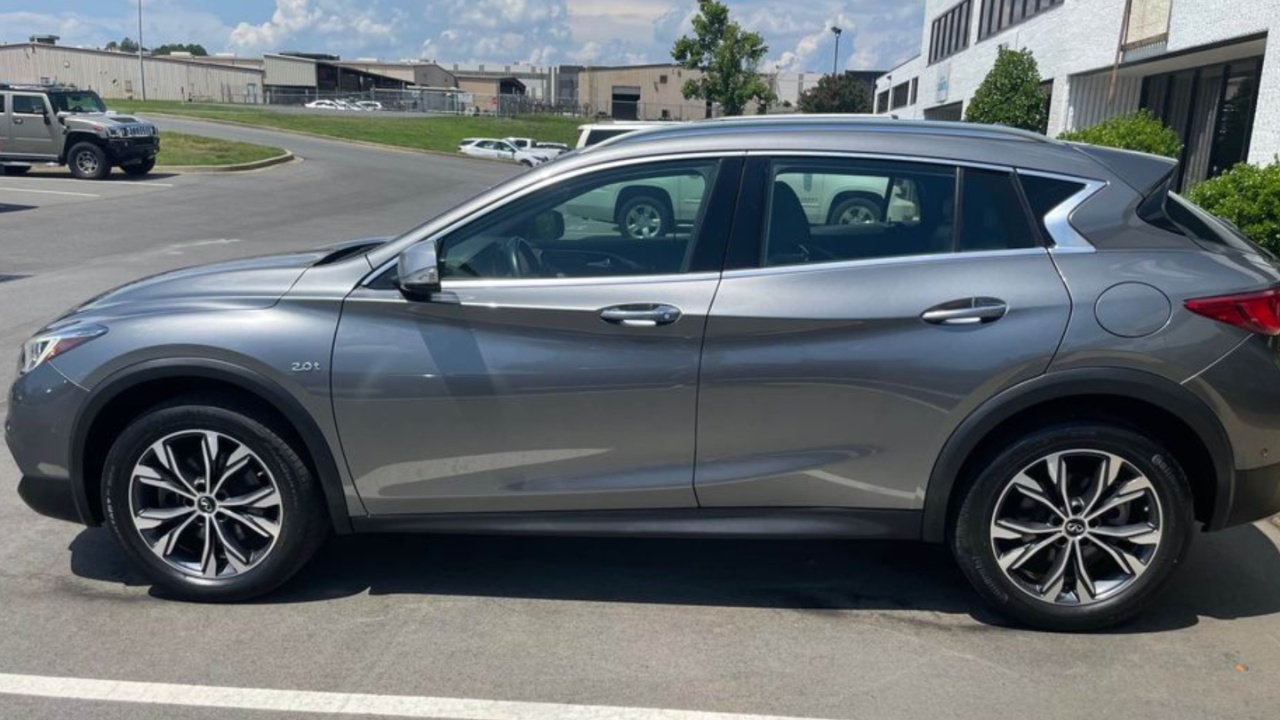The years shaped by the pandemic brought disruptions no one foresaw, extending far beyond public health into nearly every aspect of daily living.
Of these, the automobile market stood center stage as manufacturing shutdowns, chip shortages, and consumer priorities rapidly shifted.
It wasn’t merely production delays or higher prices at local dealerships; the value of vehicles, new and used alike, responded in unpredictable ways.
Some models that would have quietly filled rental lots or lingered on dealer lots suddenly wore price tags that seemed unreal, commanding record resale values and even appreciating as used vehicles, something previously almost unheard of in modern times.
Others, despite past popularity or previous healthy sales, have never regained their former market strength, continuing to linger below pre-pandemic valuations.
The automotive story of this period is a study in how external pressures can rapidly force re-evaluations of worth, both in financial terms and in consumer perception. Some cars became must-haves practically overnight, while their competitors faded from consideration.
This duality which models surged ahead, and which might never catch up, provides a fascinating window into the forces that shape desire, utility, and value.
Across the next sections, we’ll study five car models that saw surprising market value climbs during the pandemic, followed by five that have struggled to recover, painting a focused picture of an era when nearly everything about cars changed.
Also Read: 5 Gadget-Filled Cars That Depreciate vs 5 Simple Cars That Hold Value
Pandemic-Era Car Models That Soared in Value
When the pandemic began, very few anticipated how dramatically it would alter both supply and demand for automobiles. Factory shutdowns in the U.S. and overseas, coupled with the global semiconductor shortfall, meant new vehicle inventories dried up almost instantly.
At the same time, changing lifestyles from remote work to an avoidance of public transport, fueled a spike in demand for personal vehicles.
Amid this perfect storm, certain car models, both new and used, not only maintained their value but in some cases achieved unprecedented price appreciation.
For many consumers, these vehicles represented reliability and readiness, leading to aggressive purchasing and steep price increases. Cars that once depreciated nearly as soon as they left the lot were suddenly flipped for a profit months later.
The five models chosen for this section serve as emblematic examples, each for unique reasons. Factors such as reliability, popularity, under-supplied inventory, changing preferences, and cult-like followings contributed to their rising worth.
Their stories reveal not only how the market responded to external shocks, but also the underlying traits that make a vehicle surge in perceived value during times of uncertainty.
The following analyses detail why each deserves recognition as a true standout, providing context from both economic data and consumer behavior.
1. Toyota Tacoma
Few vehicles enjoyed the surge in value experienced by the Toyota Tacoma during the pandemic.
Known for years as one of the most reliable and sought-after midsize trucks, the Tacoma has always attracted loyalty from outdoor enthusiasts and urban drivers alike. The pandemic conditions made its strengths even more pronounced.
With global supply chains hindered and semiconductor shortages hitting most automakers, the midsize truck market became extraordinarily tight. New Tacomas, already in demand, were suddenly ultra-rare, and the used market became fiercely competitive.
Consumers wanting a trustworthy workhorse for daily duties or adventure looked to the Tacoma as a top-tier option. Additionally, the truck’s reputation for longevity meant buyers saw it as a secure investment amidst uncertainty, pushing prices higher.
The sudden surge in interest was not just a fluke of scarcity. The Tacoma met the unique needs of a moment when Americans sought vehicles that could handle everything from daily chores to weekend escapes.
Online platforms and dealership data revealed used Tacomas fetching prices closer to or even above their original MSRPs, an almost unheard-of trend for a mass-market truck.
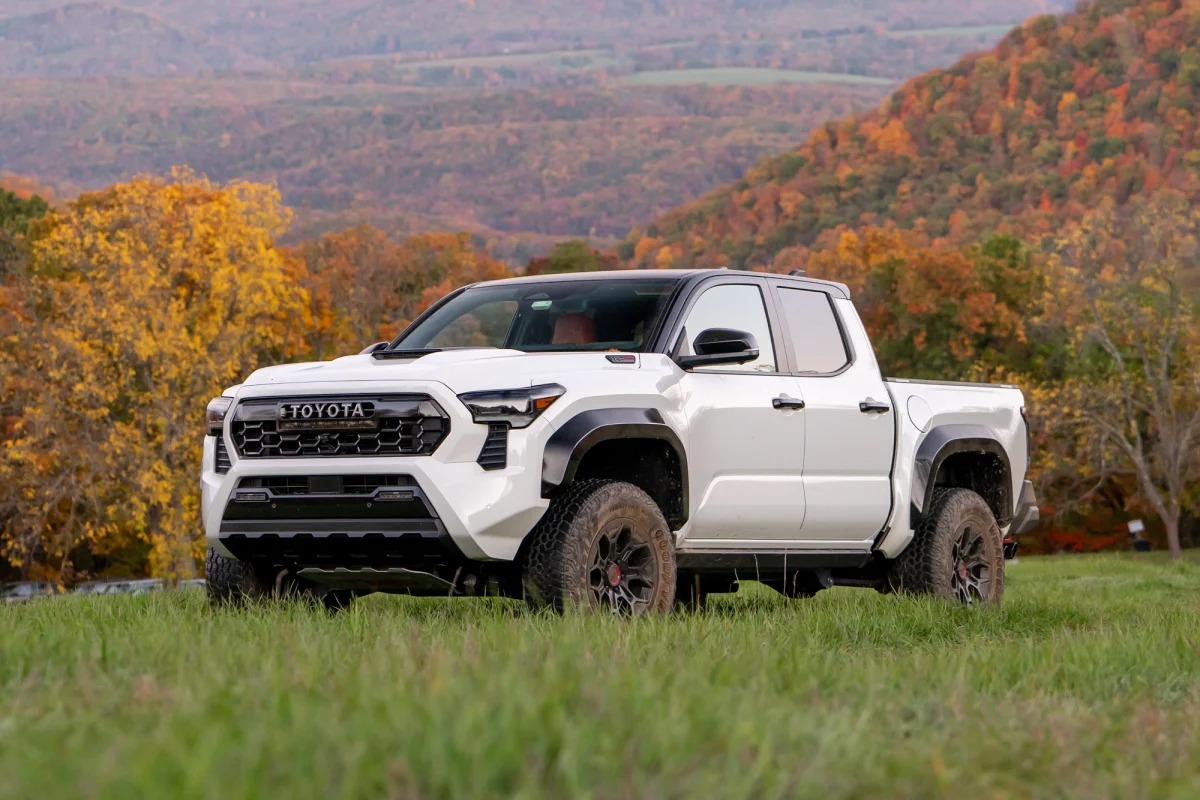
This situation highlighted the enduring value of reliability, strong resale history, and brand trust during times of crisis.
The Tacoma’s case is crucial to consider because it shows how an already desirable product can become almost gold-standard in chaotic market conditions.
Examining why it soared tells us about both the power of reputation and the role of practical needs in shaping car values.
2. Jeep Wrangler
The Jeep Wrangler’s climb during the pandemic era stands as a textbook example of how certain vehicles can become status symbols under unusual circumstances.
The Wrangler has always been loved for its iconic looks and serious off-road capabilities, but scarcity and shifting social patterns took this appreciation to new levels.
Factory delays and stop-start production led to limited inventories, but simultaneous staycation trends and a renewed interest in outdoor recreation drove demand through the roof.
Families and individuals alike turned to the Wrangler for adventure, flexibility, and the promise of escapism even amid restrictions.
It is rare for an SUV with such a distinct personality and niche appeal to become a mainstream best-seller, but that’s precisely what happened. Buyers paid a premium to get their hands on both new and gently-used Wranglers.
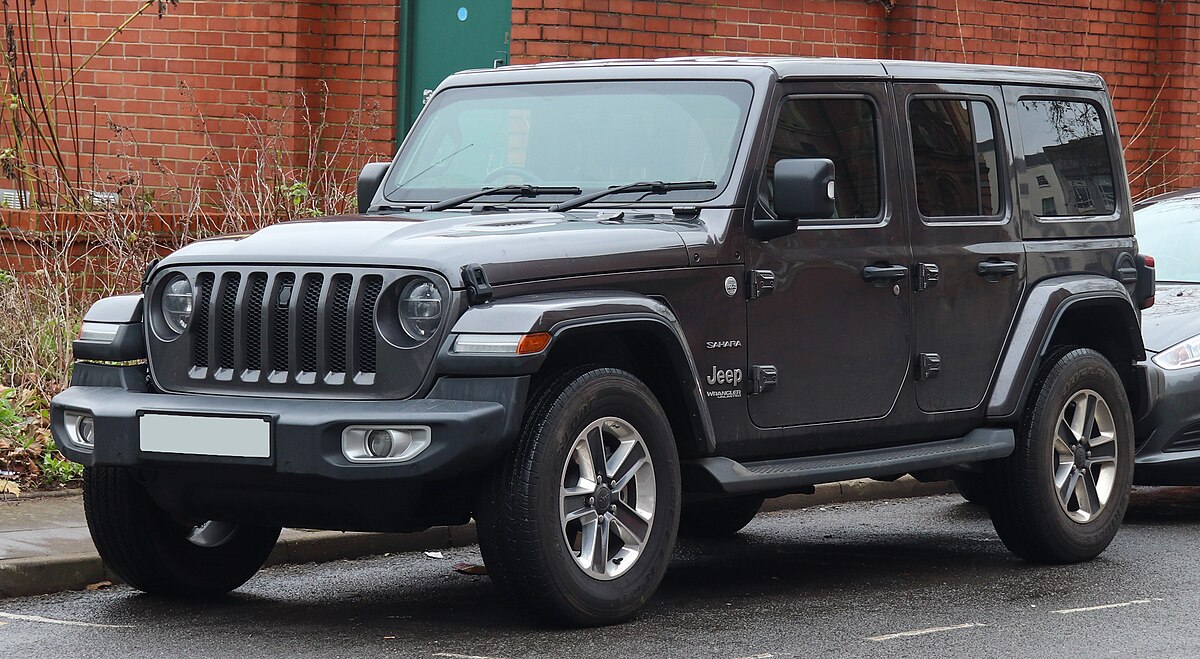
The surge in the Wrangler’s value wasn’t solely about escape fantasies. As a highly customizable vehicle, owners saw the chance to modify and personalize it for their unique lifestyles, fueling long waiting lists and heightened prices on the used market.
High auction returns and strong dealer premiums became common, showing that under the right combination of circumstances, even specialized models can find favor far beyond their typical customer base.
The Wrangler’s pandemic era trajectory illustrates the way cultural shifts and the desire for flexibility can dramatically affect demand, even for vehicles that previously seemed niche.
3. Honda Civic
Traditionally perceived as a practical and reliable choice, the Honda Civic witnessed a surprising leap in value during the pandemic. The Civic, a favorite among commuters and younger buyers, became one of the hottest tickets in the used car market as new inventory faced ongoing shortages.
Several distinct factors came into play. The Civic’s robust build, economical fuel consumption, and track record for low maintenance matched up perfectly with newly cost-conscious consumers.
Amidst job insecurity and fluctuating gas prices, the Civic’s reputation for affordable ownership was irresistible. Dealers, suddenly unable to replenish new units, watched used Civics become more valuable, with private party sales sometimes exceeding dealership offerings.
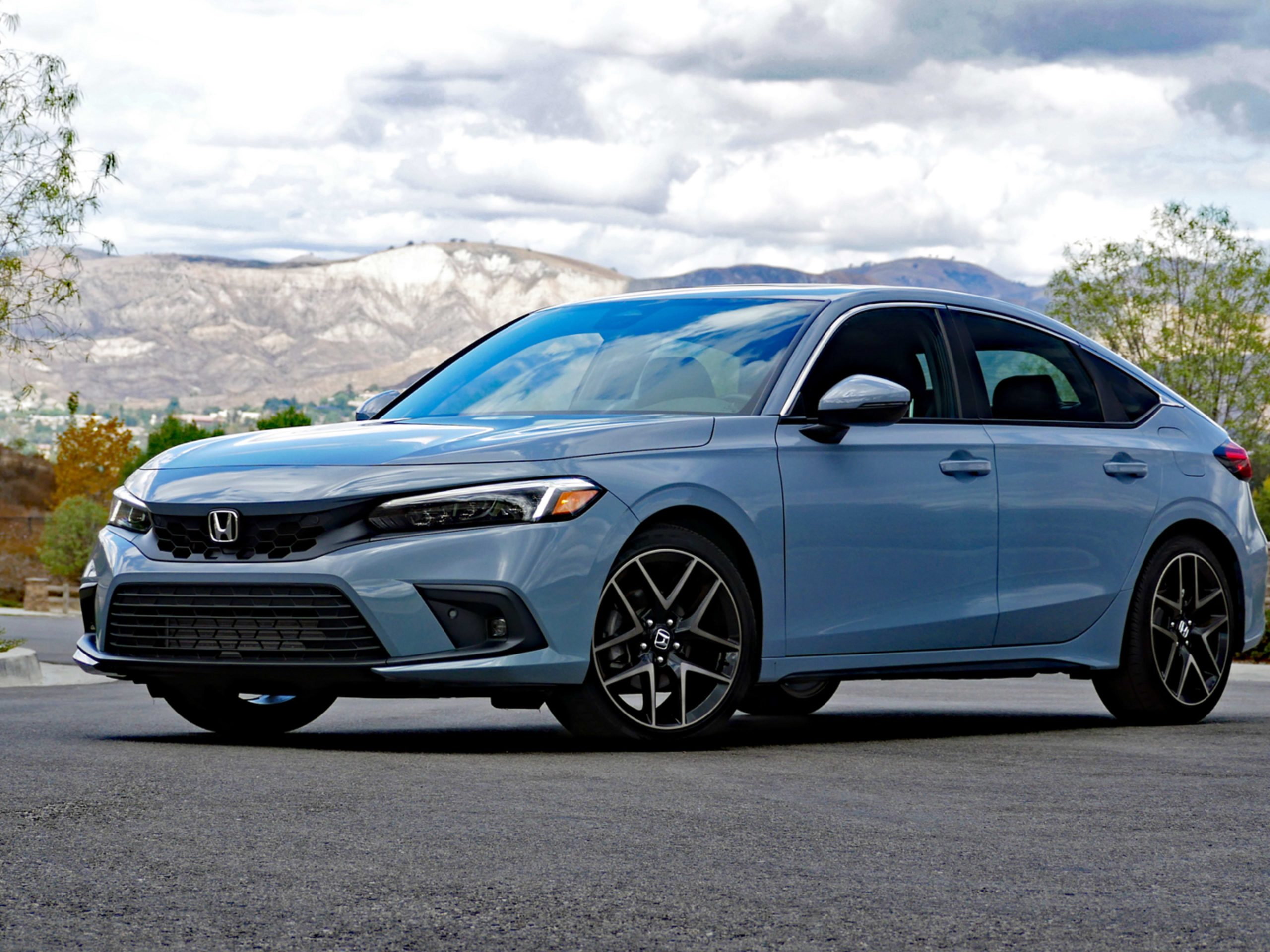
The Civic’s popularity was not just momentum carried over from pre-pandemic years. For many, it acted as an anchor of normalcy in an otherwise shifting environment.
The model’s value retention became a point of pride for owners, leading to lower depreciation rates than comparable vehicles. For nearly two years, data showed certain Civic trims appreciating on the used market.
The Civic’s story reminds us that practicality and reputation can be as lucrative as flash in uncertain times, making it a necessary inclusion in this closer look at pandemic-era value gainers.
4. Ford Bronco
The Ford Bronco, a revived nameplate just before the pandemic, represents a case of perfect timing and pent-up anticipation.
After years off the market, Ford’s decision to reintroduce the Bronco in late 2020 was met with fanfare, but pandemic-related production delays quickly made the new Bronco the ultimate prize.
Initial production bottlenecks meant only a trickle reached buyers, leading to long waiting lists and wild speculation on delivery dates. Early recipients discovered their Broncos had skyrocketed in value, sometimes being sold for tens of thousands above sticker price.
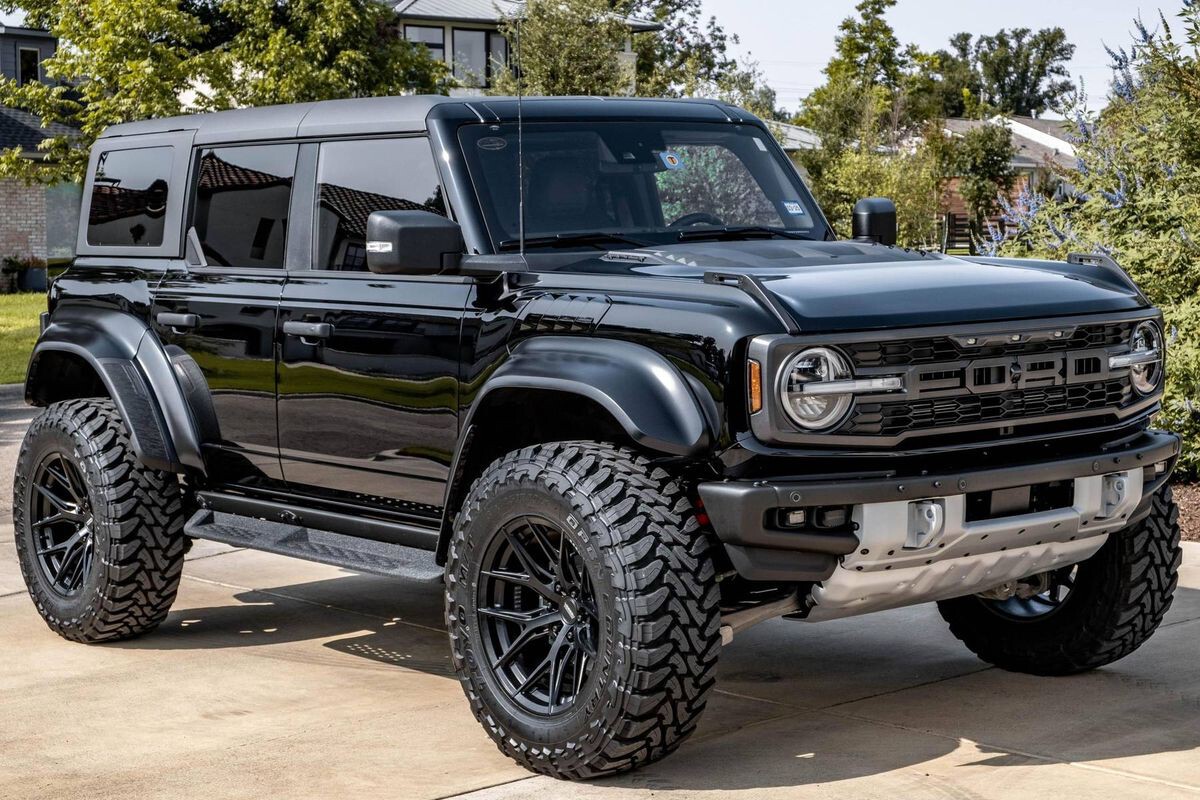
The Bronco’s retro appeal, combined with modern tech and serious off-roading credentials, fueled incredible demand among both loyalists and newcomers eager for adventure.
The Bronco’s unique story is vital because it demonstrates how a well-executed launch, in combination with external events, can supercharge resale value.
It wasn’t just supply chain problems, but also the public’s hunger for new experiences and nostalgia that turbocharged this model’s market profile. To this day, certain Bronco packages remain mid-pandemic darlings, with values that reflect that extraordinary moment.
5. Porsche 911 (992 Generation)
The Porsche 911, especially in its latest (992) generation, defied conventional wisdom during the pandemic. Sports cars were expected to take a hit as buyers turned to practical options, yet the 911 performed strongly, even seeing price appreciation for certain trims.
A mix of reasons set the stage for this phenomenon. Affluent buyers, unable to travel or indulge in other luxury outlays, invested in high-end vehicles. Porsche’s strict production limits and careful allocation of 911 builds created a sense of scarcity.
Meanwhile, the 911’s track record for long-term performance and skyrocketing demand for “fun” purchases in uncertain times sent secondary market prices surging.
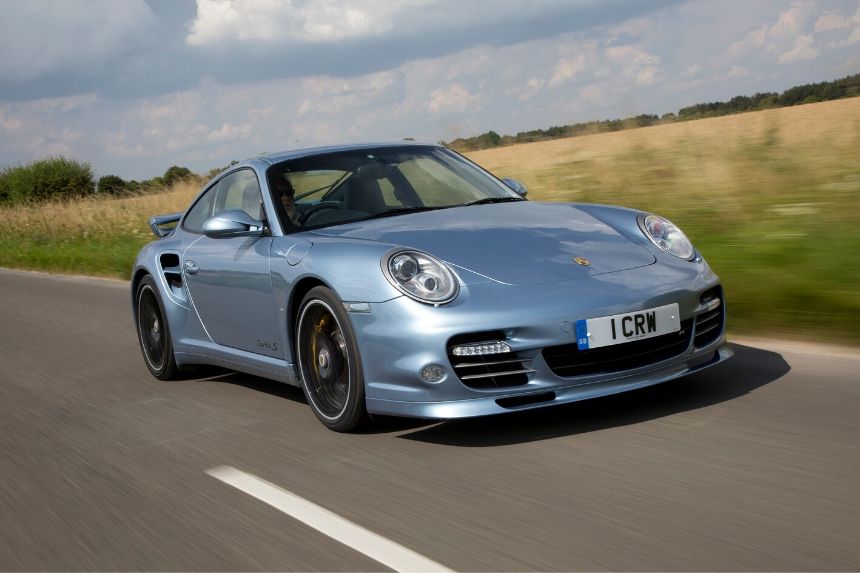
Mint-condition and limited-edition 911s regularly changed hands well above sticker price. The case of the 911 is particularly important because it proves moments of economic disruption do not necessarily deflate every sector equally; instead, collectible, highly desirable models can outperform, becoming both luxury purchases and smart assets. The Porsche 911, particularly the 992, deserves attention for its ability to write its own rules.
Pandemic-Era Car Models That Never Recovered
While some vehicles enjoyed the spotlight through remarkable gains, others found themselves struggling to keep pace with market changes. The pandemic did not deliver positive outcomes across the board.
Certain models, once strong performers, lost ground amid shifting consumer values, technological advances, and the relentless pressure of newer rivals. Even after conditions started to normalize, these models failed to regain the pricing power or popularity they once held.
Examining these cases helps illustrate how external disruption can fundamentally reorder priorities. Vehicles that once seemed poised for stable resale or widespread demand have seen reduced valuations or even obsolescence.
Some were caught out by changes in fuel economy requirements; others fell victim to brand strategy alterations or delays in updates.
The effect is a lingering softness in resale or a waning presence in dealerships and used listings. The coming section details five prominent models that never bounced back from the pandemic-era shocks, each chosen to highlight the multifaceted sources of automotive decline.
1. Nissan Versa
The Nissan Versa, which once held a reputation for affordable reliability, is a prime example of a model that lost traction during the pandemic and has struggled to find it since.
In previous years, the Versa topped the charts as a go-to entry-level car, praised for its budget-friendly price and simplicity. The pandemic, however, shifted consumer preferences toward more versatile or robust options, such as crossovers and compact SUVs.
Compounding its troubles, rising interest in safety features and connectivity technologies left the Versa falling behind better-equipped rivals. The pause on rental fleets — a significant market for the Versa — removed a steady source of sales and price support.
With supply normalized post-pandemic, the used market for the Versa has not rebounded. Dealers report sluggish interest, and discounts have become commonplace to shift remaining units off lots.
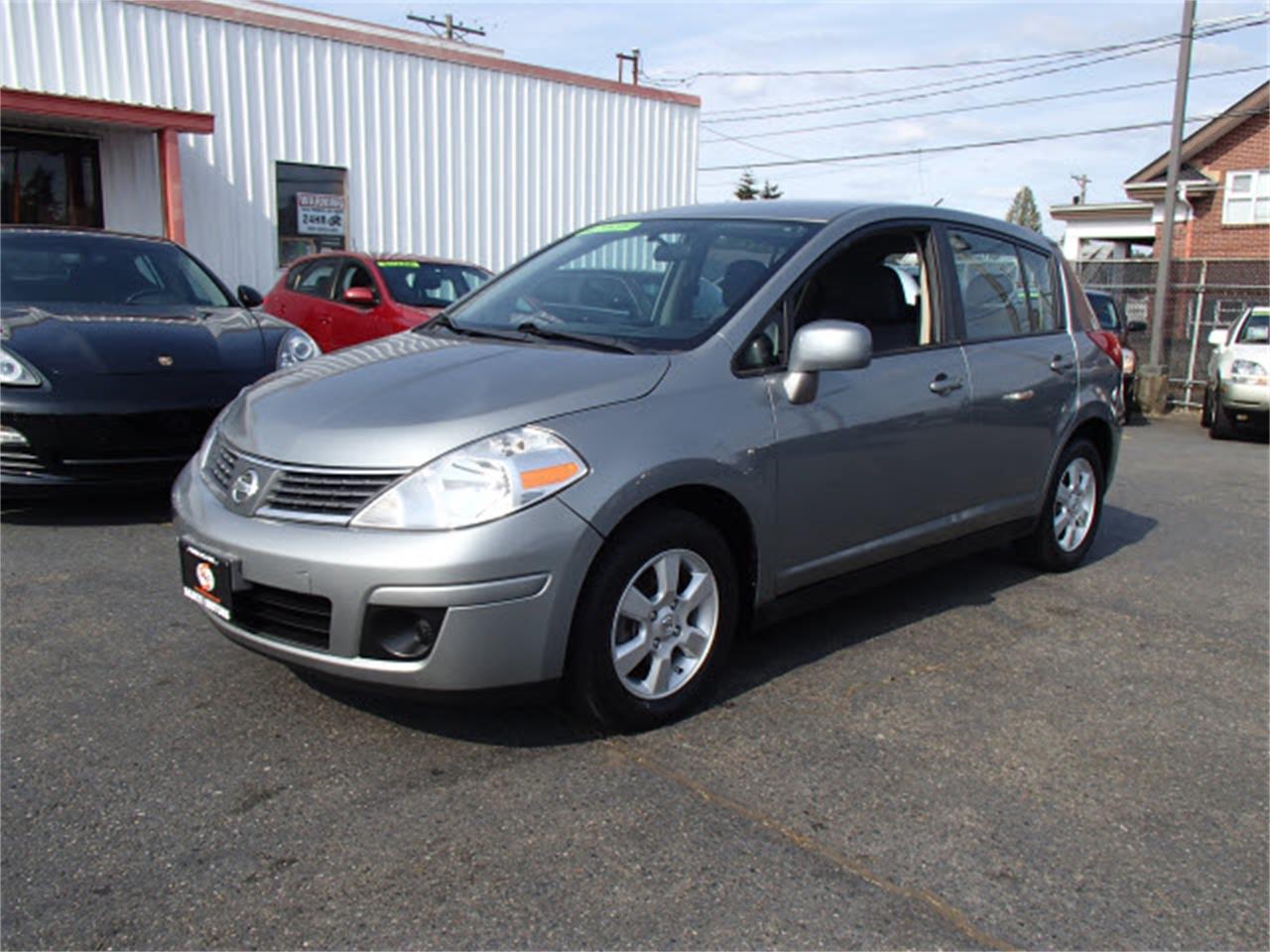
Why focus on the Versa? Its underwhelming recovery showcases how rapidly consumer expectations can shift and how quickly a previously solid player can lose footing when not aligned with new priorities.
Understanding its decline provides insight into evolving automotive needs and why certain budget-focused cars face an uphill battle in today’s market.
2. Chevrolet Malibu
Once a mainstay of midsize sedans, the Chevrolet Malibu’s difficulties during and after the pandemic make it a notable inclusion. The Malibu had already faced escalating pressure from consumer migration to SUVs and crossovers pre-pandemic.
But the pandemic accelerated the move away from traditional sedans, further damaging the Malibu’s standing. Plant closures and chip shortages reduced supply, yet it wasn’t enough to stoke demand for the Malibu.
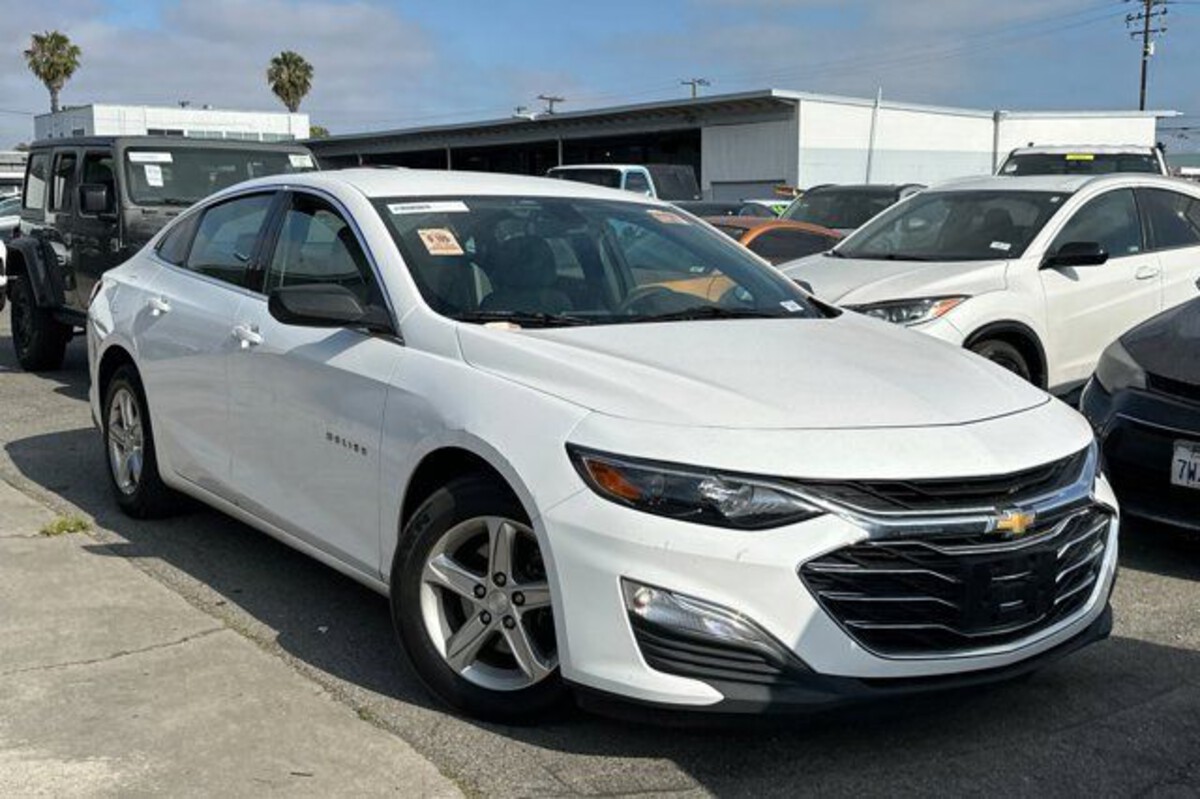
As rental car agencies offloaded fleets and buyers craved more flexible vehicles, the Malibu’s relevance waned. Unlike sportier or hybrid versions of its peers, the Malibu did not adapt quickly enough with upgraded tech or refreshed styling.
Sales volumes continued to drop, and used market prices lagged behind segment averages. Once inventories regularized, the Malibu struggled to sell without incentives.
By reviewing the Malibu, the aim is to spotlight how even reliable, historic models can falter permanently when consumer tastes move on and product development fails to keep pace. The Malibu’s pandemic-era problems have persisted, making it an instructive example.
3. Ford Fusion
The Ford Fusion serves as another casualty of shifting market preferences accelerated by the pandemic. Ford had already hinted at plans to wind down sedan offerings prior to 2020, but the pandemic expedited the Fusion’s exit from many showrooms.
Production stoppages sealed its fate, and as inventory declined, prices didn’t climb in the secondary market as happened for other discontinued models. Instead, interest evaporated, with buyers opting for newer crossover options or sticking to long-favored competitors.
A lack of innovation in recent years meant the Fusion did not benefit from a last-hurrah collector bump. Instead, values slipped, and the model faded from consumer focus.
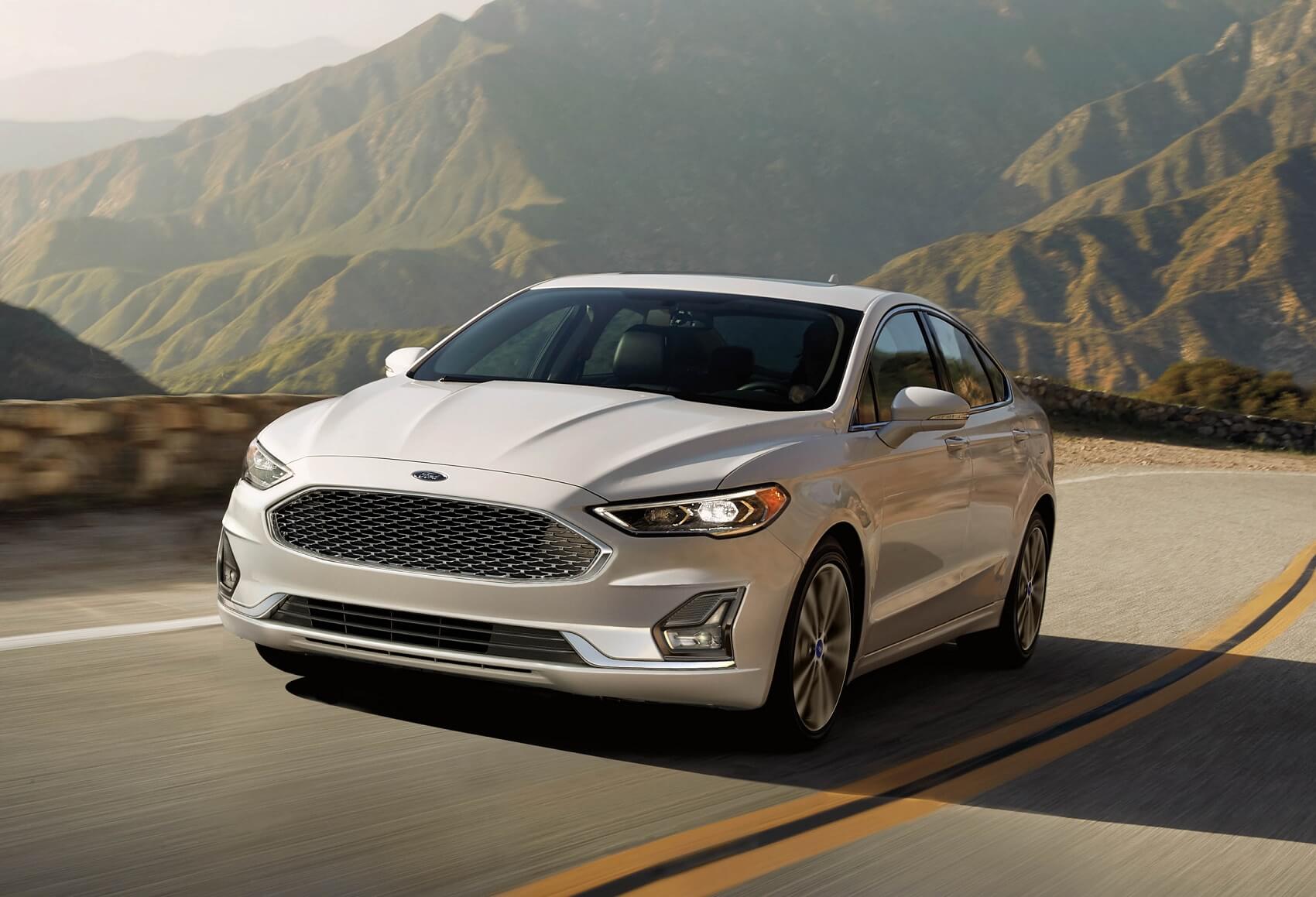
Current resale values remain below pre-pandemic norms, and it is rarely highlighted in industry “cars to watch” lists anymore.
Choosing the Fusion demonstrates how even well-established models can be left behind by rapid economic shifts and incomplete product strategies. Its sustained depreciation post-pandemic illustrates the importance of anticipating, rather than reacting to, changing market winds.
4. Dodge Grand Caravan
The Dodge Grand Caravan once held a pivotal place in the family vehicle segment, but the pandemic coincided with its discontinuation.
While minivans were suddenly in higher demand as families searched for personal space and versatility, Dodge’s aging Caravan did not have the modern amenities or fuel economy to compete.
Production stopped in 2020, and rather than a bump in used values, many Grand Caravans lost their appeal as competitors like the Chrysler Pacifica and Toyota Sienna integrated new safety tech and hybrid options.
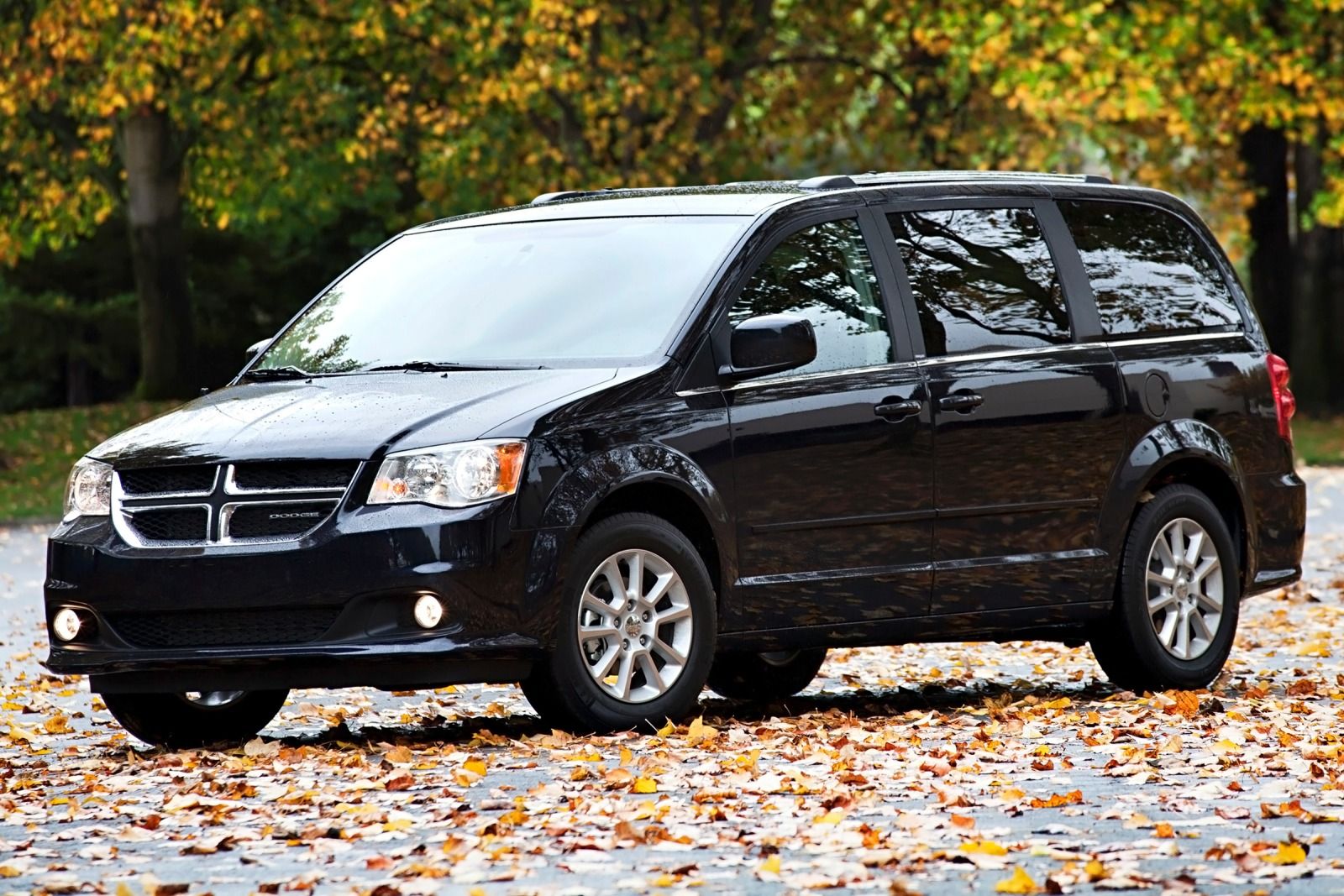
The lack of a strong collector or nostalgia demand hurt the model further. Dealers and private sellers struggled to move remaining inventory, often relying on sizable discounts.
Today, the Grand Caravan’s recovery remains lackluster, signaling that even in segments with renewed demand, older models without substantial updates can struggle when left behind.
The Grand Caravan’s continued weakness in value is worth highlighting for its demonstration of how discontinuation alone cannot rescue a model if broader trends or consumer sentiment have shifted elsewhere.
5. Infiniti QX30
Infiniti’s QX30 is a cautionary case study of how prestige alone doesn’t guarantee resilience in times of upheaval. Introduced as a compact luxury crossover, the QX30 aimed to carve out space in a crowded category.
Unfortunately, pandemic-related supply issues and evolving luxury benchmarks meant the QX30 quickly faded from consideration.
Infiniti ended production of the QX30 in 2019, just as the pandemic arrived. Without ongoing updates and facing a fast-moving field of rivals, used values slipped below expectations.
Buyers seeking tech innovation, superior ride quality, and brand cachet generally sought alternatives. The QX30’s story is particularly instructive as it reflects how luxury automakers cannot rely on badge appeal alone.
By highlighting the QX30, we underscore that the pandemic functioned as an accelerator for models already facing headwinds. The resulting value drop and continued market hesitancy are reminders that success depends on both timing and competitive substance.
The pandemic era brought unprecedented shifts to the automotive industry, drastically altering which vehicles were desirable and how they were valued.
As factories closed and supply chains faltered, new cars became scarce, while consumer needs and preferences rapidly changed.
In this unusual context, some car models experienced remarkable gains in value, often commanding prices above their original sticker on the used market, while others experienced a sharp decline and have yet to recover to their previous standings.
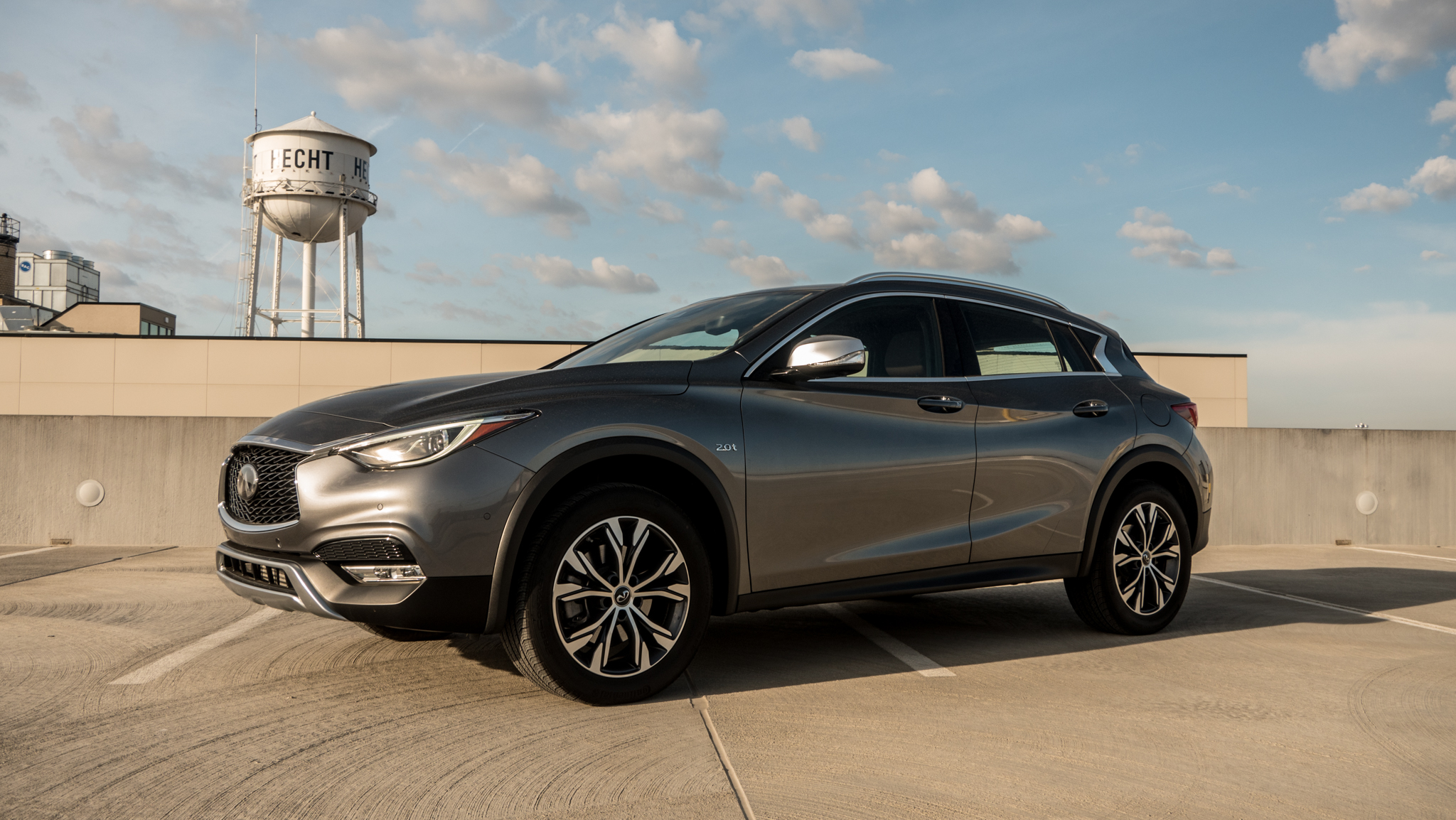
On one side, a set of vehicles became virtually legendary for their resale performance. The Toyota Tacoma, renowned for its reliability and rugged appeal, became a top choice for Americans seeking both utility and adventure, quickly driving up both new and used prices.
The Jeep Wrangler followed a similar path, its status as an off-road icon and its suitability for socially-distanced outdoor activities making it more sought after than ever before.
The Honda Civic, popular for its fuel efficiency and low ownership costs, saw a wave of demand from consumers seeking affordable and dependable transportation during economic uncertainty.
The newly reborn Ford Bronco’s launch coincided almost exactly with pandemic-induced shortages, turning limited availability into extraordinary market buzz and substantial price hikes.
Surprisingly, the Porsche 911 of the latest generation demonstrated that luxury and performance could thrive even in tough times, as wealthy buyers redirected leisure budgets into collectible vehicles, propelling 911 prices upward.
In contrast, several models became emblematic of persistent decline and lost their footing in the evolving market. The Nissan Versa, once a mainstay for budget-conscious shoppers and rental fleets, fell behind as customer expectations for features and comfort increased.
The Chevrolet Malibu felt the compounded impact of shifting away from sedans and a lack of compelling updates, leading to a shrinking customer base and stagnant prices.
Ford Fusion, already slated for discontinuation, saw interest evaporate as buyers quickly moved toward crossover alternatives, with no last-minute uptick so often seen with outgoing models.
The Dodge Grand Caravan, though once a family staple, failed to benefit from the minivan resurgence sparked by pandemic demand for family-friendly vehicles, owing to its outdated design and a lack of modern features.
Finally, Infiniti’s QX30 highlighted the importance of innovation and sustained branding in the luxury segment, as its brief production run and modest reception left little lasting market demand.
The divergent trajectories of these ten vehicles offer a sharp illustration of how resilience and adaptability, both from product design and brand strategy, became the most valuable currencies during a period of turmoil.
Vehicles that combined proven reliability, robust utility, or offering something unique (whether style, capability, or status) surged in value. Those that ignored or lagged behind consumer and market shifts saw a rapid and lasting drop in relevance and resale strength.
Ultimately, the COVID-19 pandemic redrew the automotive value map. Success and failure were determined by a mix of timing, supply and adaptability, producing lessons that automakers—and shoppers—will likely remember for years to come.
Also Read: 5 Cars That Tank in Year One vs 5 That Hold Value After 12 Months

